Posts

A New Ethical Standard Towards Perfume Consumers
The ECLIP List
Fragrantica interview with AbdesSalaam Attar
by Naheed Shoukat Ali 08/30/11 12:17:00
For most people the only factor that determines their purchase of a perfume is that they like the smell of it. However, more people every year ask…
The ECLIP List

Side Effects of Chemical Perfumes
Perfumes have historically been used for distinctive pleasant smells that make us feel relaxed and rejuvenated. But the side effects of chemical perfumes have become a major concern nowadays since the vast majority of perfumes are made from hazardous chemicals. Therefore, they are found to be associated with various health complications ranging from asthma to skin allergies to even cancer.

Ambergris Perfumes – History, smell and benefits
Ambergris is an animal pheromone and works well with several natural perfume oils such as oud, sandalwood, rose, and jasmine. Like all animal pheromones, it shows significant effects on hormonal activities, making it a very popular aphrodisiac for men and an infertility cure for women.
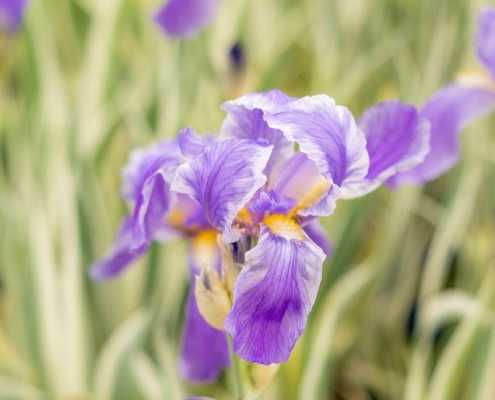
Iris Perfume – Properties, Distillation, and History
Iris perfume, also known as orris perfume, is among the most loved perfume notes for both men as well as women. Iris perfumes are made from iris butter, which is one of those legendary perfumery substances in the world – exclusively beautiful and extraordinarily expensive.
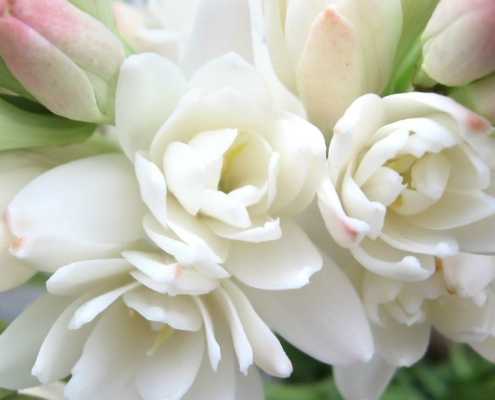
Tuberose Perfumes – Properties, Distillation, and History
During Italian Renaissance, it was prohibited for unmarried girls to walk through Tuberose gardens for their bewitching and erotic power, so they wouldn’t sink into the intoxicating scents of the flowers and men maddened by the bewitching smells. Where jasmine absolutes reveal the joy on the faces, it is said that women who exude the fragrance of Tuberose might cause mimicry recalling orgasm.
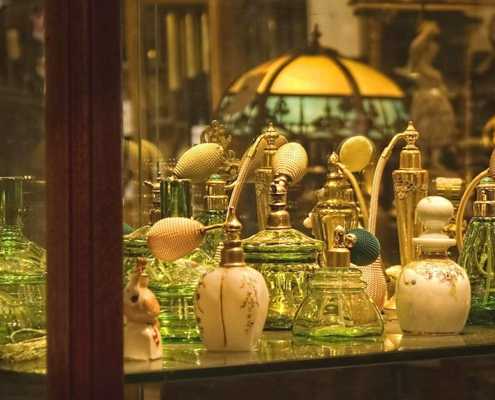
Which Niche Perfumery?
Your choice in selecting between mainstream and niche perfumery depends on how you want to wear your scents. Do you want to wear simply a famous scent? Or do you want to wear a unique scent and be remembered due to your unique smell?
If you have allergies and higher sensitivity to some substances, you’ll need to consider only natural perfumes that typically come under the group of natural niche perfumes.
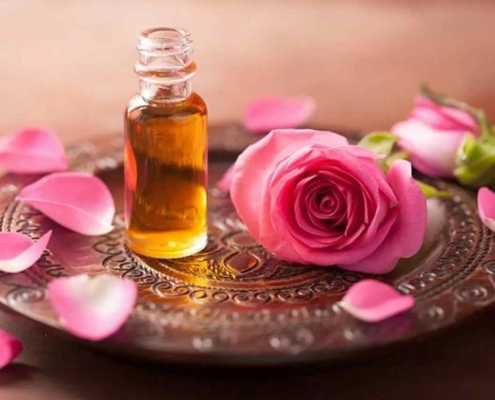
Natural Perfumes Benefits
Wearing natural perfume is one of the most traditional luxuries which has been used since ancient ages. In the early days, perfumes were made truly based on natural ingredients, and physicians used natural fragrance oils to prepare diverse types of medicines.
Aromatherapy benefits: Natural perfumes or essential oils have been used for therapeutic purposes for centuries. Most natural fragrance oils have significant healing properties that are effective in improving the body, mind, and soul.
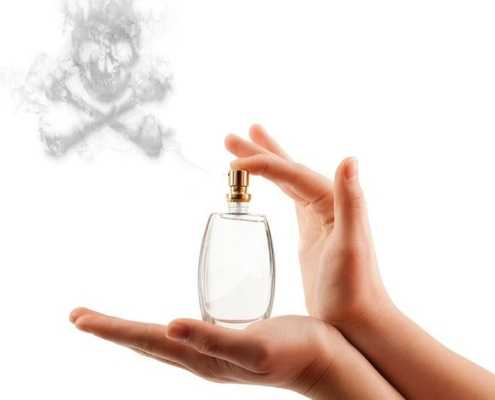
Non-Toxic Perfumes
A non-toxic perfume is simply a perfume that is free from any toxic ingredients such as synthetic alcohol, aroma chemicals that may harm you. Non-toxic perfumes are typically made from natural ingredients using only aromatic materials that are directly extracted from natural flora and fauna.

Correcting commercial fragrances with animal pheromones
The kit of the practical Phero-researcher
From a research made with Basenoters with Hyraceum, Castoreum., Civet musk and Honey bee’s wax
Eule:
Bal a Versailles – This scent defies classification for me. Powdery, musky, animalic,…

Thoughts from Timbuktu – fixatives
Our customs evolve as generations pass, but the words of our language endure, often taking on different meanings and becoming misleading.
A century ago, perfumes were primarily used on handkerchiefs, scarves, and gloves rather than directly…
Pages

Animal scents
Animal scents
In the past, perfumers used large amounts of aromatic substances produced by some animals.
Today their price and their rarity prohibit their use in the modern scents of mass perfumery. The molecules of synthesis, poor substitutes,…












